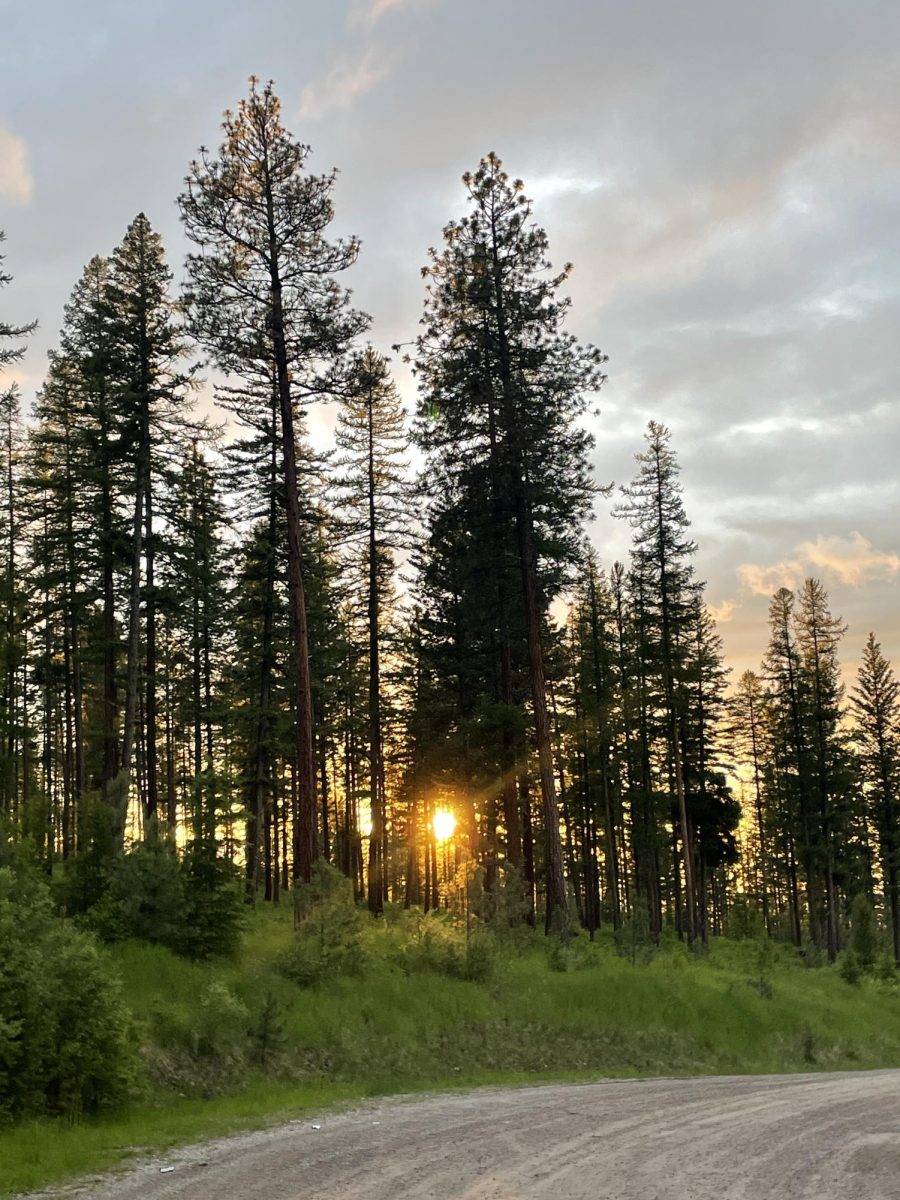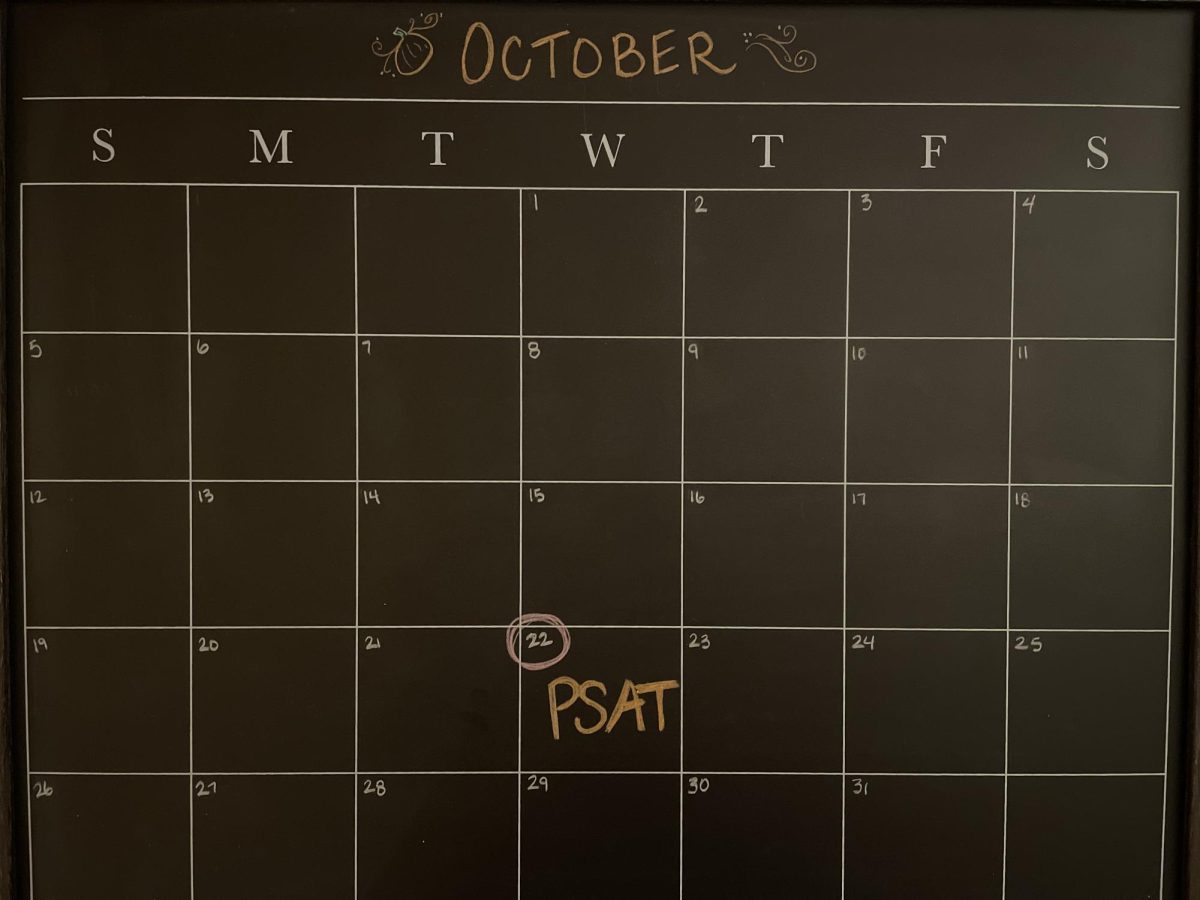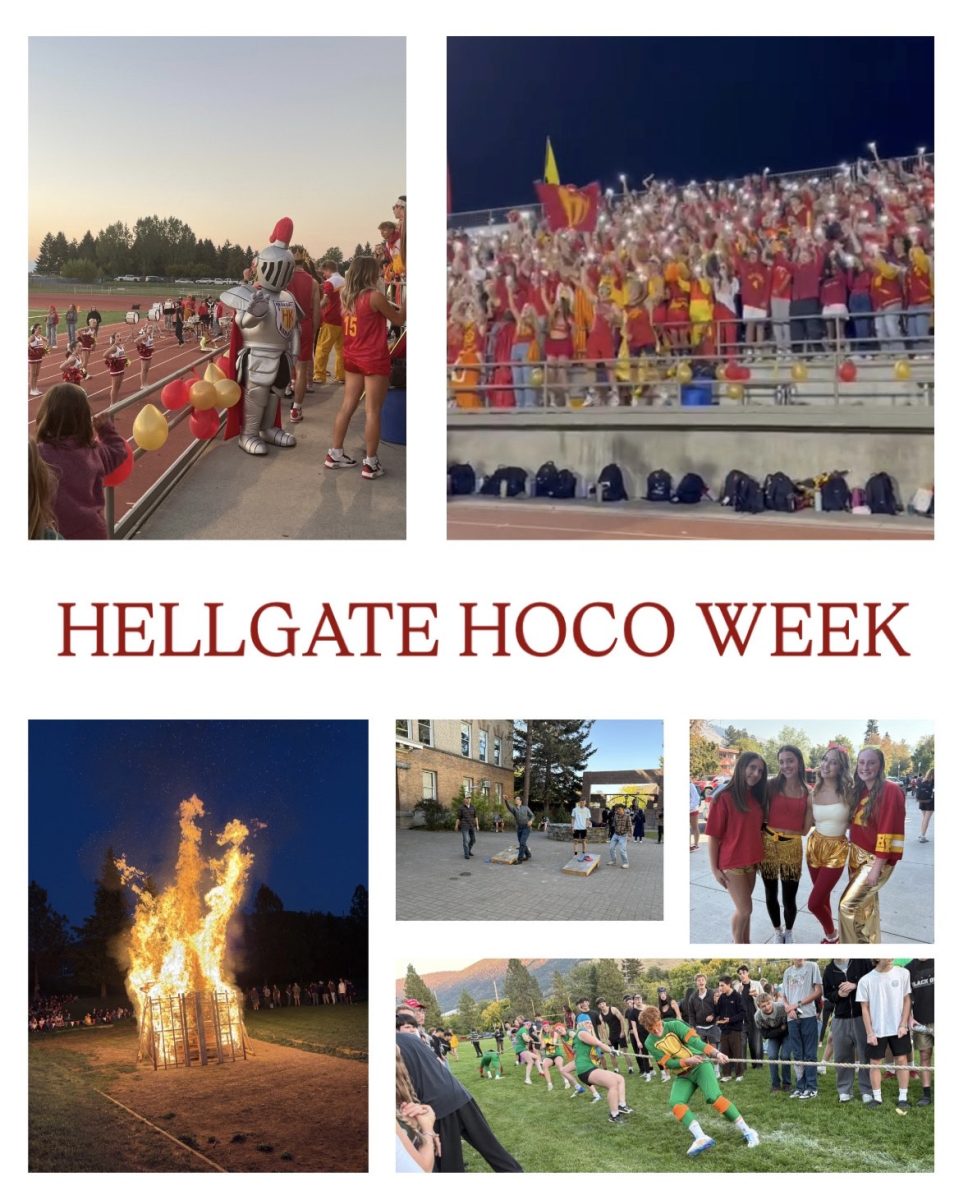Orange hazy skies and a thick smell of smoke in the Montana air during summers are becoming the new norm for more months as wildfires worsen in wake of a warming planet.
Summer after summer, record breaking heat waves surpass 100 degrees, dry out forests, and exacerbate the risk of forest fires. Wildfires are one of the many effects of weather distorted by climate change.
According to Missoula City Air Quality Division Head, Ben Schmidt, wildfires have gotten worse since 1999.
“Climate change is the biggest driver in the current wildfire smoke life we all live in,” said Schmidt.
More fires with a longer season is what professionals have been warning about. According to the Department of National Resources and Conservation’s report, in 2022, 2,063 fires burned in the state of Montana alone. Schmidt mentioned that climate change is severely elongating the fire season, causing it to last weeks longer than in past years.
Jeff Miller, a local Montana meteorologist, said that climate change is causing wildfires to continue to be rampant, with faster burning and more acreage.
“Extra heat, dryness, drought, all of those can lead to larger fire seasons as well,” said Miller
According to Miller, because there is a lack of rain and higher temperatures in the beginning months of summer the fire season will be much more intense. However, Miller mentioned that even with heavy rainfall and normal temperatures, it is hard to predict what the fire season will look like until it has arrived.
“There’s so many variables there,” said Miller. “Overall with the warming, we’re still going to probably see the trend of a bigger and more intense fire season.”
Overall summer temperatures across the nation have risen. In Montana specifically, the average annual temperature has increased 2.7 degrees fahrenheit from the year 1950, according to the Montana Climate Assessment conducted in 2015. Since the assessment, the trend of hotter temperatures has persisted.
Executive Director of Climate Smart Missoula, Amy Cilimburg, also harped on the strong correlation between the growing problem of fires in Montana and the heating up of summers.
“We have a lot of fires in the grasslands that may be behaving differently given climate change,” said Cilimburg.
Although fires pose a dangerous threat, Cilimburg said often wildfires are needed for ecosystems. She said that fires are a source of regeneration in forests, and it is important to note that wildfires are a natural process.
The process of wildfire burning is one that has been historically used to counter uncontrolled fires. Through burning vegetation, the potential of an uncontrolled fire striking up and burning through fuel lying on the forest floor is much less.
While the forest service works to contain uncontrolled wildfires, Schmidt said the amount of western forest means that it is impossible to stop wildfires from increasing completely.
“It is impossible to manage our way out of wildfires,” said Schmidt.
However, Schmidt and Cilimburg emphasized that reducing fossil fuels is the main way to slow the increase of wildfires. Schmidt mentioned that reducing greenhouse gasses is the most effective way to address the changing wildfire season.
“There is absolutely something we can do about it, and that is to curtail the burning of fossil fuels and to reduce emissions as rapidly as we can,” said Cilimburg.
As of Tuesday July 18, the Missoula County Fire Protection Association moved fire danger to “high”.







